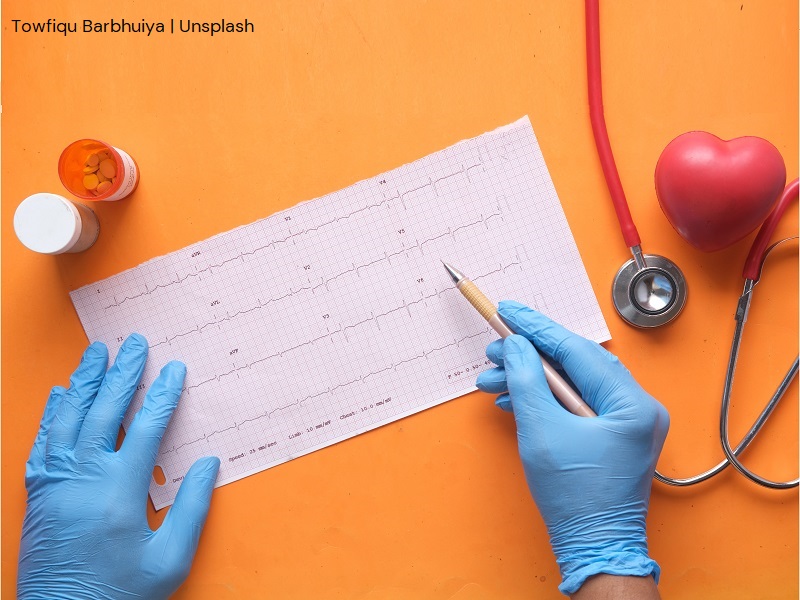It is estimated that virtually every second person in the world might have an increased level of cholesterol in blood plasma, which consequently contributes to many cardiovascular system diseases. Thus, scientists are searching for more effective medicines to decrease the level of bad cholesterol in the blood. The group of active substances used in such pharmaceuticals includes simvastatin and ezetimibe. Each substance works quite differently; therefore, it would seem interesting to combine them in order to receive even more effective treatment. Research proves that combination therapies are more effective against diseases resulting from a high level of LDL cholesterol in the blood. They also show that combining simvastatin and ezetimibe is well tolerated by patients, which attracts scientists and pharmaceutical industry interests.
The key question is how to efficiently combine both active substances so they do not lose their properties, including physical stability, during the conditions of manufacturing and storing throughout a medicine shelf life
It is a significant issue as, from the medical point of view, the best form for both pharmaceuticals is the so-called amorphous form. Thanks to that, the solubility of the medicine is greatly improved as well as its assimilability. Therefore, the medicine reaches the same therapeutic effect as in a crystal form but with the administration of a lower dose. No wonder it can be attractive to both pharmaceutical companies and patients. On the one hand, the production cost is decreased, and on the other, there is a lower risk of the medicine having side effects resulting from the retention of undissolved substances in the human small intestine.
The physically stable form of the pharmaceutical based on simvastatin and ezetimibe along with the way of its production has been developed by scientists from the University of Silesia. This composition not only excellently dissolves in water, resulting in a very good assimilability of the medicine, but also preserves its stable physical form during production and storage in standard conditions. This solution has been covered by patent protection.
The authors of the invention are physicists from the Faculty of Science and Technology: Prof. Marian Paluch; Justyna Knapik-Kowalczuk, PhD Eng., Associate Professor; and Krzysztof Chmiel, MSc.






